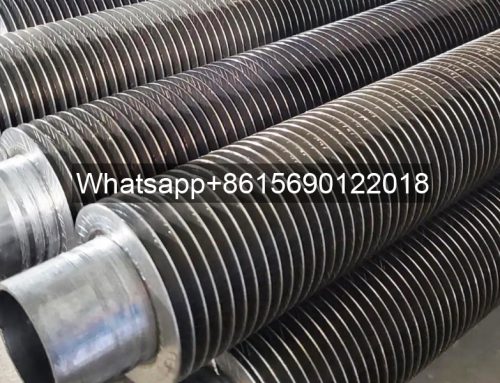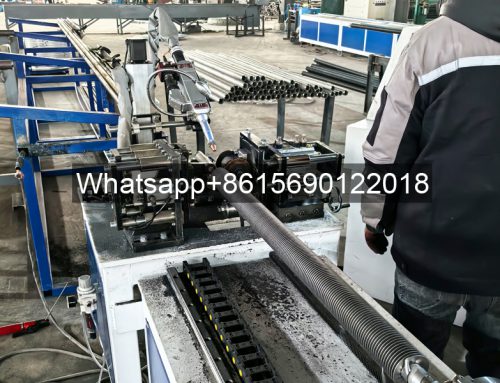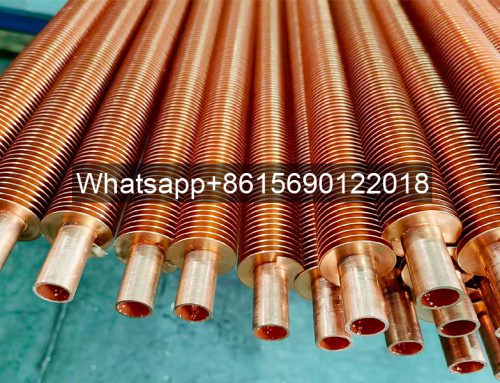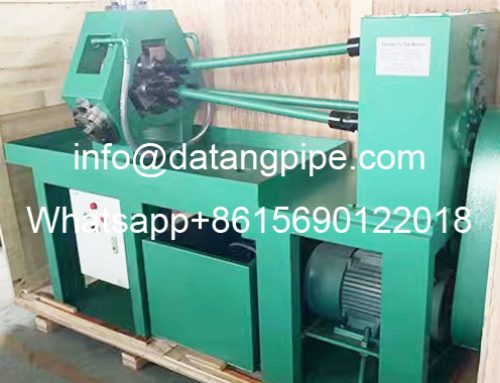Difference Air Preheater and Economizer
Although both preheaters and economizers are devices used to improve boiler thermal efficiency, their operating principles and functions differ.
Preheaters primarily heat condensate, reducing feedwater transportation power consumption; economizers utilize flue gas waste heat to heat air before it enters the boiler, thereby reducing flue gas emissions and improving thermal efficiency. Therefore, selecting the appropriate preheater or economizer for different operating conditions can achieve more efficient thermal energy utilization and lower energy costs.
Air preheaters and economizers are two commonly used industrial efficiency-enhancing devices. In thermal power plants and industrial boiler systems, air preheaters and economizers are essential energy-saving devices in the tail flue. They improve boiler efficiency by recovering waste heat from flue gas, but their functional positioning, structural design, and operating principles differ.
I. The Function of an Air Preheater
An air preheater is a device that transfers waste heat from flue gas to the air. In the flue of a boiler, flue gas carries a large amount of high-temperature waste heat. Transferring this waste heat to the air can improve the boiler’s thermal efficiency. The function of an air preheater is to transfer the high-temperature waste heat from the flue gas to the air, preheating the air before it enters the boiler combustion chamber, thereby improving the boiler’s thermal efficiency. An air preheater typically consists of two parts: a flue gas side and an air side. Flue gas enters from the flue gas side, and air enters from the air side, transferring waste heat through heat exchange.
Air Preheaters
1. Air Preheater Structure
Air preheaters are generally classified into tubular, plate, and rotary types, all of which utilize a partitioned heat transfer mechanism.
2. Air Preheater Layout
Air preheaters are typically located at the boiler outlet. Air and flue gas exchange heat here, and the heated air is then fed to the burner to assist combustion. This saves electricity for electric boilers and coal for coal-fired boilers.
3. Air Preheater Functions
① Air preheaters utilize air, which is much cooler than the feedwater temperature, to cool the flue gas and recover heat, further reducing exhaust gas temperature and reducing heat loss. Experimental results and theoretical calculations show that for every 10% reduction in exhaust gas temperature, boiler efficiency increases by approximately 0.7%.
② Increasing the air temperature fed into the furnace improves or enhances combustion, ensuring stable ignition under low loads. Thermal tests have shown that for every 100% increase in combustion air temperature, the theoretical furnace combustion temperature increases by approximately 30-40%.
③ The temperature of the hot air introduced into the furnace increases, raising the average flame temperature and enhancing radiant heat transfer within the furnace. While maintaining the same evaporative heat absorption, the heating surface area of the water-cooled wall tubes can be reduced, saving metal consumption.
④ The hot air can also be used as a desiccant in the pulverizing system.
High boiler temperatures, with exhaust gas temperatures reaching several hundred degrees Celsius, necessitate the installation of an air preheater. This effectively recovers and recycles wasted heat, thereby saving coal, electricity, and gas.
II. The Function of an Economizer
An economizer is a device used to reduce the exhaust temperature of boiler flue gas. While somewhat similar to an air preheater, its operating principle is different. An economizer transfers heat from the flue gas to the boiler through heat transfer, thereby raising the medium temperature and reducing the exhaust temperature of the flue gas, achieving significant energy savings and emissions reductions.
Economizers
1. Economizer Structure: Typically, it is a coil-type heat exchanger, consisting of numerous parallel, serpentine seamless steel tubes and inlet and outlet headers. Feedwater, supplied by a feedwater pump, is pumped into the tubes, exchanging heat with the flue gas outside the tubes, raising its temperature before being fed into the steam drum.
Flue gas generally flows from top to bottom, creating countercurrents between the flue gas and water, increasing the heat transfer temperature and enhancing heat transfer efficiency.
2. Economizer Placement: Located at the rear end of the boiler, where the flue gas temperature is lower.
Currently, large boilers often use suspended economizers. The outlet pipe on the economizer outlet header can be used to suspend both the economizer and the superheater and reheater.
3. Main Functions of an Economizer:
① The economizer absorbs heat from the low-temperature flue gas in the tail duct, reducing the boiler’s exhaust temperature, improving boiler thermal efficiency, and saving fuel.
② The use of economizer increases the water temperature entering the boiler drum and reduces the temperature difference between the boiler drum wall and the feed water, thereby reducing the thermal stress of the boiler drum and increasing the life of the boiler drum.
III. Differences between Air Preheaters and Economizers
The differences between air preheaters and economizers primarily lie in their structure, materials, media, and ongoing maintenance. Air preheaters are typically plate or tube structures, generally made of high-temperature, corrosion-resistant metals. They utilize cross-flow heat exchange to fully utilize waste heat.
1. Different Operating Principles: Preheaters primarily heat condensate, reducing feedwater transportation power consumption; economizers, on the other hand, utilize flue gas waste heat to heat air before it enters the boiler, thereby reducing boiler flue gas emissions and improving thermal efficiency.
2. Different Installation Locations: Preheaters are generally installed in the feedwater pipe, while economizers are installed in the boiler exhaust pipe.
3. Different Structures: Preheaters generally use heat exchange tubes as the critical surface, while economizers use small transverse plates to increase the critical surface and improve heat exchange efficiency.
4. The main design parameters are different: the main design parameters of the preheater are the inlet and outlet water temperature difference and the heat exchange area, while the main design parameters of the economizer are the gas side flue gas temperature, gas side flue gas flow and feed water temperature.






